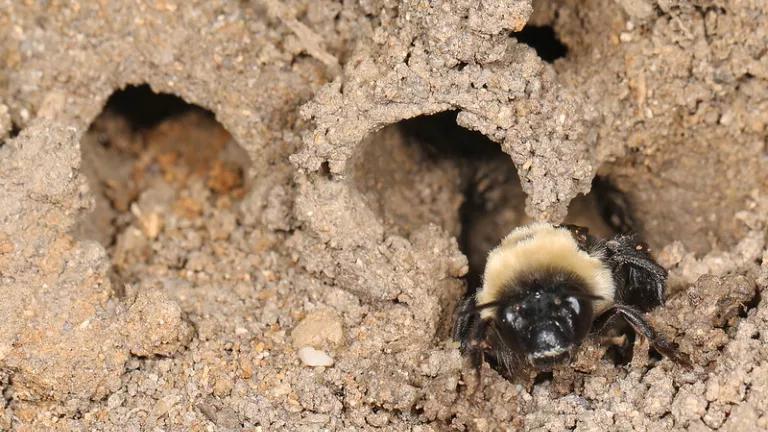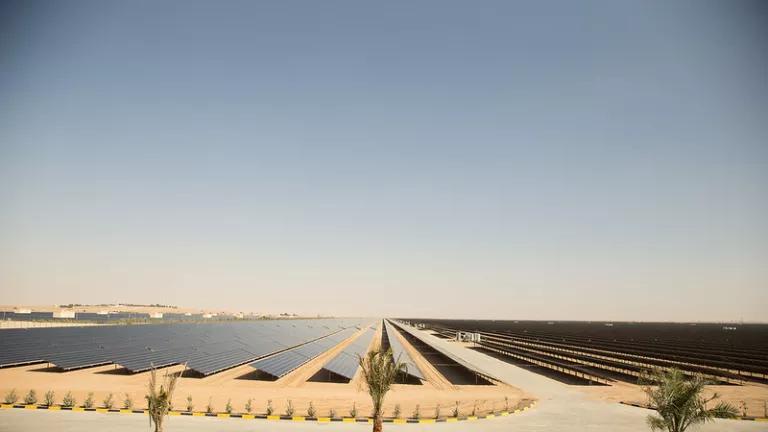Why Wood Pellets Won’t Solve California’s Wildfire Problem
GSNR's project will not only waste time and drain critical funding but may even worsen wildfires.

Enviva Pellets Ahoskie facility in Hertford County, North Carolina
Dogwood Alliance
An industrial-scale wood pellet production scheme is underway to sell California forests to overseas energy markets. The mastermind behind this project, Golden State Natural Resources (GSNR), seeks to profit by positioning forest biomass production (in the form of wood pellets) as an agent of forest resiliency.
New to California but all too familiar in the Southeast, wood pellet biomass provides few, if any, benefits to the communities where it is produced, and it degrades stored forest carbon at a time when we need to be addressing climate disruption. GSNR’s proposal will cut down California forests, manufacture wood pellets, and sell them to overseas markets for countries to meet their misguided renewable energy goals, all under the guise of “improved” forest management. The project will not only waste time and drain funding intended for legitimate wildfire prevention measures but may even worsen the conditions contributing to California’s record-breaking wildfires.
Masking their project as a means for forest resiliency is a clever move on behalf of GSNR. Wildfires in California’s recent history have set records: the 2018 Camp Fire in Paradise was the deadliest in California history, and the 2021 Dixie Fire became the largest single fire in the state’s recorded history. Wildfires are impacting millions of Californians, upending communities and costing people their lives—and improving forest resiliency can help mitigate the increasing severity of fires since forests are one of the earth’s most powerful systems for combatting climate change. Wildfire prevention is critical, and the last thing our state needs is a false solution that’s likely to exacerbate community and environmental harms. GSNR’s proposal goes beyond forest resiliency by threatening to create an industrial complex that will require constant and increasing amounts of trees to feed its supply needs.
The sheer size of GSNR’s project, which aims to produce one million tons of wood pellets annually, will require inputs that are more than ecological thinning, mill residues, and the creation of defensible space around homes can provide. GSNR’s demand could shift economic incentives away from forest management based on the best available science—including regimes informed by traditional cultural practices and that incorporate prescribed fire—toward management based on maximizing logging trees for industrial wood pellets.
To understand the danger posed by GSNR, California doesn’t need to look further than the harmful legacy of industrial-scale wood pellet biomass production in the Southeast. The rate and scale of logging have surged because of the wood pellet biomass industry, increasing carbon emissions at a time when we must do all we can to keep carbon sequestered in our forests. Even more, pellet plants release harmful pollution like hazardous air pollutants and volatile organic compounds that cause respiratory infections and asthma in nearby communities. Residents complain about having a lack of input and the harms to their sleep, breathing, and basic quality of life.
In addition to posing a significant risk to our forests and communities, there is no scientific evidence to support the idea that wood pellet production contributes to substantial economic growth in rural communities. Despite GSNR’s claims, developing wood pellet production for foreign energy markets would be a far cry from sustainable rural economic development. In fact, the poverty rate has increased in Garysburg, North Carolina, a community with a wood pellet production plant since 2013, and the industry is heavily reliant on the continuation of international green energy subsidies to prop it up.
Since 2015, European countries have provided nearly $50 billion to subsidize burning wood pellets. But these green energy subsidies are subject to the changing whims of policymakers, and scientists have pointed out for years that wood pellet biomass is not fit for renewable energy subsidies. The Netherlands passed a measure in 2022 that ended subsidies for new biomass plants; Australia excluded biomass from qualifying as renewable energy; and biomass is causing a great deal of outcry in the United Kingdom. As these subsidies disappear, the wood pellet production industry won’t be able to sustain itself. Right now, the world’s largest producer of wood pellets, Enviva, is on the brink of collapse, demonstrating the fiscal infeasibility of the industry.
GSNR’s industrial-scale wood pellet production scheme is a false solution. It will diminish our forests’ ability to contribute to the fight against climate change, increase carbon emissions during a critical juncture when we must be reducing them instead, and compound health harms in vulnerable communities. It is a dangerous distraction of valuable time and resources that are needed for true solutions. Destructive wildfire is something we must address—but not by harming California’s communities and forests.
For California, there’s no time to waste. The risk of destructive wildfires grows more urgent every year. Unlike false solutions like GSNR’s proposition, ecologically grounded forestland restoration and climate-oriented wildfire prevention need not necessitate industrial-scale commercialization of forests. Instead, solutions should support local economies, combat climate change, and protect property, biodiversity, and cultural resources so that California will have thriving forests for generations to come.




